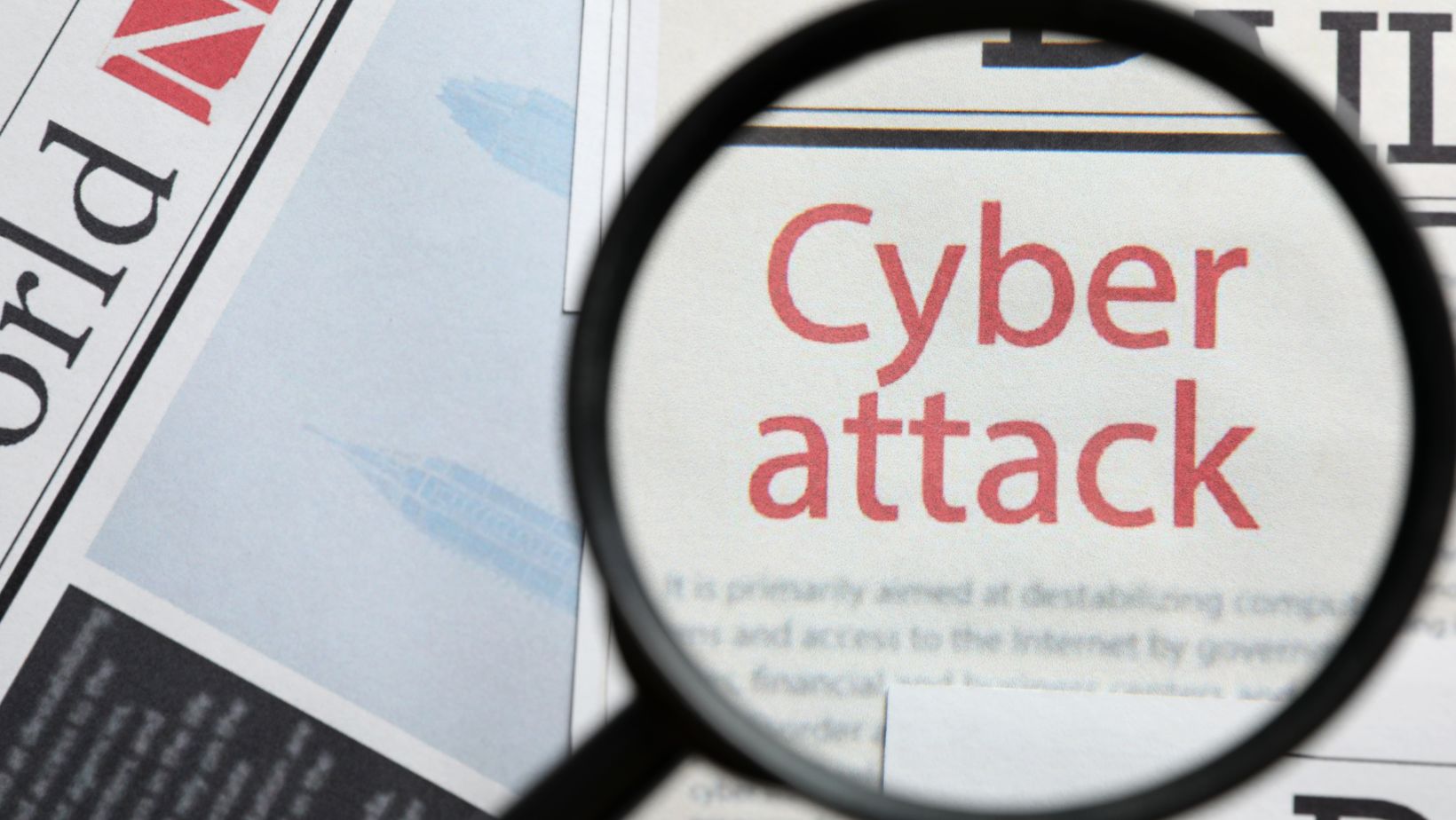
Cybersecurity is a growing concern for businesses across all industries, but the healthcare sector stands out as a prime target for cyber attacks. The healthcare industry faces unique challenges when it comes to protecting sensitive information, making it vulnerable to various types of cyber threats. The consequences of these attacks can be severe, affecting patient safety, organizational reputation, and financial stability. In this article, we’ll explore why healthcare is such a prime target for cyber attacks and discuss the best ways to protect your healthcare organization from these dangers.
Why Healthcare Is a Prime Target for Cyber Attacks
-
Valuable Data
Healthcare organizations store some of the most valuable data in the world—personal health information (PHI). This includes everything from medical histories to billing information, all of which can be used for identity theft, insurance fraud, or worse. Cybercriminals understand that this data is worth a lot on the dark web, making healthcare organizations prime targets.
-
Lack of Cybersecurity Awareness
Many healthcare organizations, especially smaller practices, have limited resources to devote to cybersecurity. This means that employees might not be properly trained to recognize phishing emails, ransomware, and other common cyber attack tactics. In many cases, the cybersecurity measures in place may not be robust enough to fend off sophisticated attacks. As a result, organizations with weak defenses become easy targets for attackers.
-
Ransomware Attacks
Ransomware is a significant threat to the healthcare sector. This type of cyber attack involves encrypting a victim’s data and demanding payment for its release. In healthcare, ransomware attacks are particularly dangerous because they can halt operations, delay treatments, and disrupt patient care. The healthcare industry has seen an alarming rise in these types of attacks, as cybercriminals know that organizations are more likely to pay the ransom to restore critical systems quickly.
-
Network Connectivity and Legacy Systems
Healthcare organizations rely heavily on a variety of devices and systems to provide care, from hospital management systems to medical devices. Many of these systems are interconnected, and older, outdated systems are often still in use due to the high cost of replacing them. These legacy systems may not receive regular security updates, leaving them vulnerable to attack. Additionally, interconnected devices create multiple points of entry for cybercriminals to exploit.
-
Third-Party Vulnerabilities
Healthcare organizations often work with third-party vendors who provide services such as cloud storage, billing systems, or medical device maintenance. These vendors may have access to sensitive healthcare data, making them an attractive target for attackers. If a third-party vendor’s security is compromised, it could lead to a breach of the healthcare organization’s data. This highlights the importance of thoroughly vetting and monitoring third-party vendors to ensure they are following strong cybersecurity practices.

-
Regulatory Compliance Pressure
Healthcare organizations are required to comply with various regulations aimed at protecting patient information, such as the Health Insurance Portability and Accountability Act (HIPAA) in the U.S. While these regulations set standards for data protection, they also make healthcare organizations a target for cybercriminals. Attackers may seek to exploit weaknesses in an organization’s compliance efforts or try to find loopholes in how data is handled.
Cyber attacks in healthcare are becoming more frequent, as hospitals, clinics, and insurance providers are prime targets for hackers. These attacks can lead to severe disruptions, including data breaches and ransomware incidents.
Data breaches expose valuable patient information, making healthcare organizations vulnerable to identity theft and fraud. Ransomware attacks, which lock critical systems, often force organizations to pay ransoms to regain access to their data.
Medical devices, increasingly connected to hospital networks, also present a growing risk. A compromised device can directly impact patient safety.
As threats evolve and cybersecurity budgets remain tight, healthcare providers must act quickly to strengthen their defenses against cyber attacks in healthcare.
How to Protect Your Healthcare Organization from Cyber Attacks
With healthcare organizations being prime targets for cybercriminals, it’s crucial to take the necessary steps to safeguard sensitive data and systems. Cyber attacks in healthcare can disrupt patient care, compromise valuable information, and result in severe financial loss. Here’s how healthcare organizations can protect themselves.
Invest in Cybersecurity Training
Employee awareness is one of the most powerful defenses against cyber attacks in healthcare. Staff at all levels should be trained to recognize phishing emails, securely handle patient information, and follow strong password protocols. Ongoing education ensures that security becomes part of the organizational culture, helping reduce the chances of human error that can lead to costly breaches.
Implement Robust Access Controls
Access to sensitive patient data should be tightly regulated. Implement role-based access controls (RBAC) to ensure only authorized individuals can access specific systems or data. This limits the damage a cybercriminal can cause if they gain unauthorized access. Tight access control is a fundamental step in preventing cyber attacks in healthcare.
Use Multi-Factor Authentication (MFA)
Multi-factor authentication (MFA) adds an extra layer of security to sensitive data. By requiring more than just a password—such as a text message code or biometric scan—you make it more difficult for attackers to gain unauthorized access to critical systems. MFA should be enforced wherever possible, especially for accessing sensitive patient information.
Regularly Update and Patch Systems
Healthcare organizations must stay on top of software updates and security patches. Cybercriminals frequently exploit unpatched vulnerabilities to access networks. Regularly updating systems ensures they are protected against the latest security threats. Backup Data Frequently
Data backups are a lifeline in the event of a cyber attack. Whether it’s ransomware or another form of attack, having reliable backups ensures that your organization can quickly recover and resume normal operations. Ensure backups are stored offline or in an isolated system to prevent them from being compromised during an attack.
Implement Threat Detection and Monitoring
Proactive threat monitoring can help detect potential cyber attacks before they cause significant damage. Implement real-time threat detection tools that identify unusual behavior or unauthorized access. Early detection allows your team to respond quickly and prevent further harm from cyber attacks in healthcare.
Strengthen Vendor Management Practices
Third-party vendors are often a vulnerable link in healthcare security. Ensure that vendors meet strong cybersecurity standards and regularly audit their compliance. Limit the amount of sensitive data shared with vendors, and only provide access to information necessary for their services.
Have an Incident Response Plan
Even with robust cybersecurity measures, no system is entirely safe from attack. Healthcare organizations should have a detailed incident response plan to handle breaches when they occur.

This plan should include steps for containing the attack, communicating with affected parties, and recovering systems as quickly as possible.
Ensure Regulatory Compliance
Healthcare organizations must adhere to regulations such as HIPAA, which mandate strict security measures for protecting patient data. Regularly review your policies and practices to ensure they comply with these regulations. Non-compliance can leave your organization vulnerable to attacks and costly penalties.
Collaborate with Cybersecurity Experts
Given the rapidly evolving nature of cyber threats, it’s wise to collaborate with cybersecurity professionals who specialize in healthcare. Experts can provide valuable insight into vulnerabilities, help create a comprehensive security strategy, and ensure that your organization is always prepared for emerging threats.
Conclusion
Healthcare organizations are prime targets for cyber attacks due to the valuable data they store, their reliance on outdated systems, and a lack of cybersecurity awareness in many cases. Cyber attacks in healthcare are becoming more frequent and sophisticated, putting patient data, safety, and trust at risk. However, by taking proactive steps such as investing in employee training, implementing strong access controls, and regularly updating systems, healthcare organizations can significantly reduce their vulnerability to cyber threats. With the right cybersecurity measures in place, healthcare organizations can protect their sensitive data, ensure patient safety, and maintain trust with their communities.

